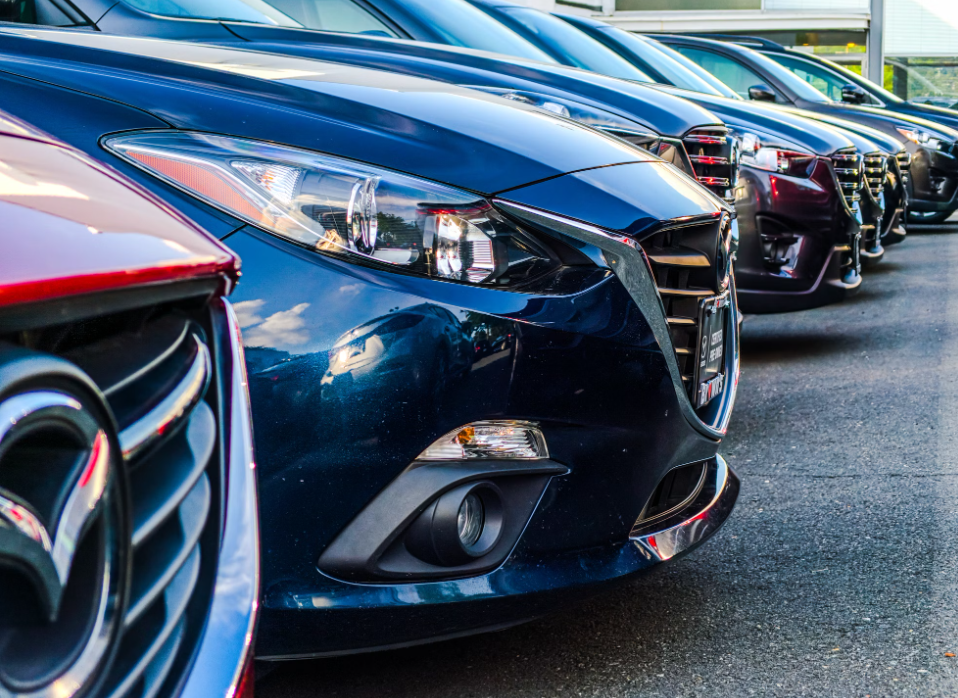What is Clay Bar? Explained by AvalonKing
In the world of automotive detailing, the term 'Clay Bar' is often thrown around, but what exactly does it mean? This comprehensive glossary entry aims to demystify the concept of the clay bar, its uses, benefits, and how it relates to ceramic coating. The clay bar is a critical tool in the arsenal of any serious car enthusiast or professional detailer, and understanding its function is key to achieving that showroom shine we all strive for.
Clay barring is a process that involves using a malleable, resin compound to remove contaminants from the surface of your vehicle. It's a crucial step in the detailing process, preparing the surface for further treatments such as polishing or ceramic coating. Let's delve deeper into the world of clay bars and explore its intricacies.
The History of Clay Bar
The clay bar was not always a staple in automotive detailing. Its origins can be traced back to Japan in the early 1990s, where it was initially used to remove overspray from cars during the painting process. The effectiveness of the clay bar in removing contaminants without damaging the paint quickly caught on, and it became a popular tool in car detailing.
Over the years, the clay bar has evolved, with different types and grades being developed to cater to various needs and vehicle types. Today, it's an indispensable tool in the detailing industry, used by professionals and enthusiasts alike to achieve a flawless finish on their vehicles.
Types of Clay Bars
There are three main types of clay bars: fine, medium, and heavy. Fine clay bars are gentle and ideal for vehicles with minimal contamination. Medium clay bars are more aggressive and are used on moderately contaminated surfaces. Heavy clay bars are the most aggressive and are typically used on heavily contaminated surfaces or for professional detailing.
Each type of clay bar has its unique properties and uses. Choosing the right one depends on the condition of your vehicle's surface and the level of contamination. It's always recommended to start with a less aggressive clay bar and work your way up if necessary to prevent any potential damage to the paintwork.
The Process of Clay Barring
Clay barring is a simple yet effective process. It involves spraying a lubricant on the surface of your vehicle and then gently gliding the clay bar over it. The clay bar picks up and removes any contaminants stuck on the surface, leaving it smooth and ready for further detailing processes.
It's important to note that clay barring is not a one-size-fits-all solution. The process may need to be repeated several times to achieve the desired results, especially on heavily contaminated surfaces. Additionally, the clay bar should be regularly inspected and kneaded during the process to ensure it's clean and effective.
Benefits of Clay Barring
Clay barring offers numerous benefits. First and foremost, it removes contaminants that washing alone cannot. This includes things like brake dust, tar, bird droppings, and tree sap. By removing these contaminants, the clay bar helps to prevent damage to your vehicle's paintwork and improves its overall appearance.
Secondly, clay barring prepares the surface of your vehicle for further detailing processes. It creates a smooth, contaminant-free surface that allows for better adhesion of products like wax, sealant, or ceramic coating. This not only enhances the effectiveness of these products but also helps to achieve a better finish.
Clay Bar and Ceramic Coating
So, how does clay barring relate to ceramic coating? Well, clay barring is a crucial step in the ceramic coating process. Ceramic coating is a liquid polymer that bonds with your vehicle's paintwork to provide a layer of protection. However, for the coating to bond properly, the surface needs to be free of any contaminants. That's where clay barring comes in.
By removing all surface contaminants, clay barring ensures that the ceramic coating can bond effectively with your vehicle's paintwork. This not only enhances the longevity and effectiveness of the ceramic coating but also helps to achieve a better finish. In essence, clay barring is the foundation upon which a successful ceramic coating application is built.
How Often Should You Clay Bar?
The frequency of clay barring depends on several factors, including the condition of your vehicle, the environment in which it's used, and the type of protection applied to the paintwork. As a general rule, it's recommended to clay bar your vehicle at least twice a year. However, vehicles that are regularly exposed to harsh environments or heavy contamination may require more frequent clay barring.
It's also important to note that clay barring is not a substitute for regular washing. It's a supplementary process that's used to remove contaminants that washing alone cannot. Regular washing should still be carried out to maintain the overall cleanliness and appearance of your vehicle.
Conclusion
In conclusion, the clay bar is a vital tool in automotive detailing. It's a simple yet effective method of removing surface contaminants and preparing your vehicle for further detailing processes like ceramic coating. Whether you're a professional detailer or a car enthusiast, understanding the function and benefits of the clay bar can significantly enhance your detailing efforts and help you achieve that showroom shine.
Remember, the key to successful clay barring is choosing the right type of clay bar, using the correct technique, and being patient. It may take some time and practice to master, but the results are well worth the effort. Happy detailing!
Ready to elevate your car's shine to the next level? AvalonKing has everything you need to get started. From top-quality clay bars to advanced ceramic coatings and car shampoos, our products are designed to give your vehicle the care it deserves. With years of expertise in supplying the very best in car cleaning solutions, we make it easy for you to achieve professional detailing results right from your own garage. Check out our products today and take the first step towards that perfect showroom finish!










